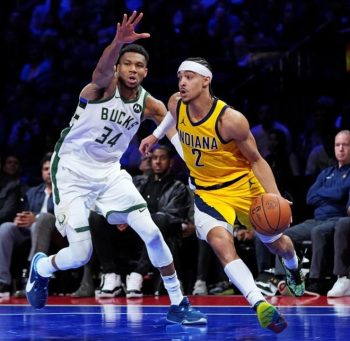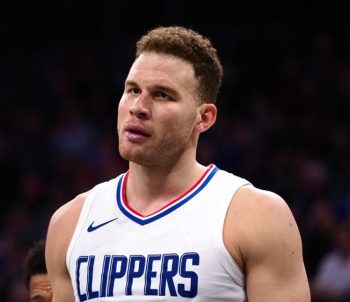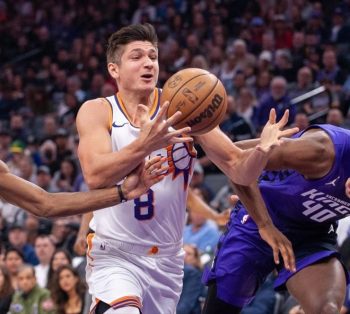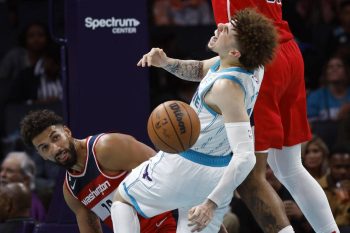Legacy
How Is The NBA Helping To Make Up For Lost Revenue?

Of the many industries and sectors hit by the economic chaos of the last year, there are few that have had to adapt to the new normal quite as quickly as professional sports. This is true of professional sports across the world, as the varying degrees of ongoing restrictions make live sports difficult commercial terrain to navigate. And with mass gatherings of crowds off the table – until at least this coming summer – the future looks even more uncertain for sports fans and team owners alike.
But with income from in-person ticket sales not an option for the foreseeable future, how are NBA teams making up for the lost revenue this would ordinarily bring, in these uncertain times?
According to recent reporting on the financial health of the NBA, the organization suffered a 10% loss to its finances in the 2019-20 season. This amounted to a total financial hit of $8.3 billion.
In terms of what is behind this loss, it comes from a combination of loss in gate receipts, which totaled around the $800 million mark, as well as a $400 million loss in sponsorships and merchandising. The outlook for the 2020-21 season looks similarly dim, with industry analysts already projecting a 40% loss in overall revenue if the season progresses without the presence of fans at live events and the accompanying gate-night receipts.
With these losses in mind, however, what options do the NBA have available to them to keep their financial health in check, and what steps have they taken so far?
Loosened sponsorship restrictions
As mentioned above, one of the most notable hits to the revenue of the NBA in the last season came in the form of fewer sponsorship deals being signed. Given that the overall health of the economy was declining at the time, it is understandable that companies had less money available to spend on sponsorship deals.
As a way of mitigating the economic impact of this, the NBA began loosening sponsorship restrictions that had previously limited the types of companies that could provide sponsorship, either at games or to teams. With ticket revenue essentially non-existent for the foreseeable future, this move will provide the league with a vital source of revenue going forward into the 2020-21 season.
As a result of these changes, the NBA has agreed to let hard alcohol, casino and sports betting companies provide sponsorship to NBA teams. This marks a significant change from the norm and opens these companies and business sectors to greater visibility on in-arena signage.
NBA teams have already begun benefiting from these changes, with the Memphis Grizzlies becoming the first NBA franchise to partner with a sports betting and fantasy operator. It is expected that this will be the first of many such industry tie-ups, as NBA franchises begin eying new sponsorship opportunities. And with so many sports betting platforms already recognizing the opportunity that this change presents, we can expect this trend to continue.
This change comes at just the right time for the sports betting and gambling industry across the USA, as recent legislative changes at both the state and federal level have significantly loosened decades-old restrictions imposed on them. For this reason, companies such as SkyCity Online Casino are now considering the opportunities presented by this shift in NBA sponsorship restrictions, which could allow them to gain more exposure than ever in the domestic market. In light of all this, it is an incredibly exciting time to be involved in the online gambling and sports betting sector in the USA!
In addition to diversifying the kinds of corporate entities that can acquire sponsorship rights, the NBA has also opened up other commercial ventures. This includes giving teams the ability to sell international sponsorship rights to three partners, which is an increase over last year.
An additional change will allow NBA teams to create live digital content that does not feature game footage, for second-screen use during match broadcasts. This could include in-arena, half-time shows that could be aired on the website or app of a particular team.
With all this in mind, we begin to get a sense of how the NBA is responding to an uncertain outlook for the 2020-21 season. Despite this uncertainty, however, it does look as if they are taking proactive steps to ensure that the financial impact will be relatively minimal, if not significantly lessened, as we move into the spring and summer months.











